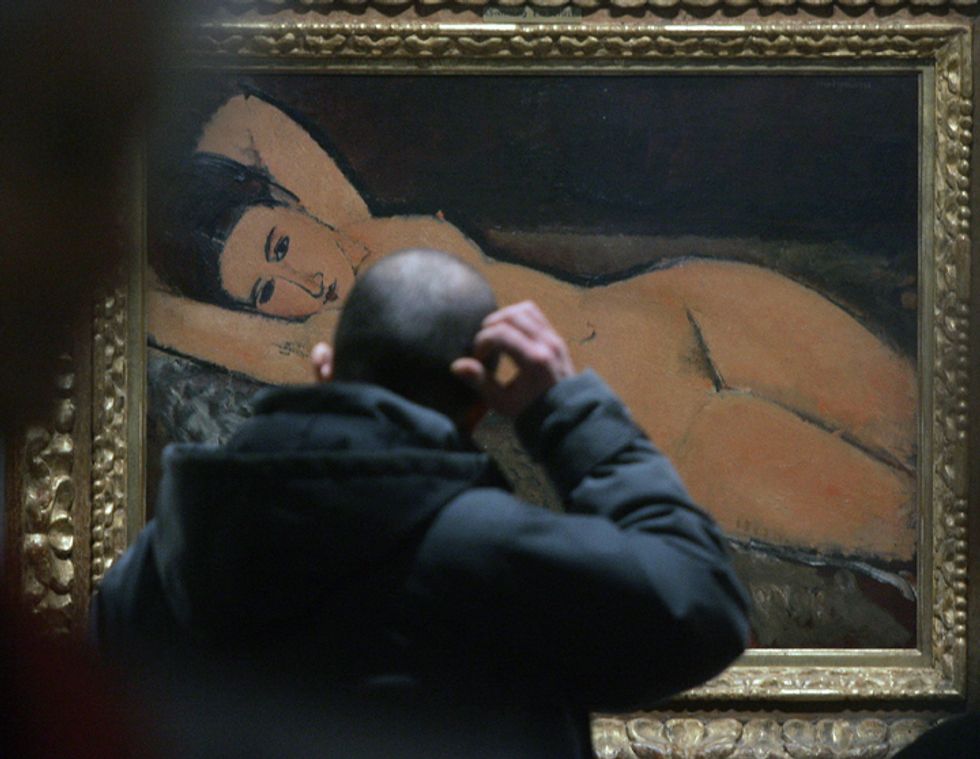Modigliani: a neighborhood that was a crossroads
The genius of Modigliani and Soutine lives again in the Milan exhibition. A vein that continues all the way to Minjun
Those halfbreeds who made Paris so charmingly pathetic in the early decades of the 20th century were almost all Jews and almost all extraordinary painters: the Italian Amedeo Modigliani, the Lithuanian Chaïm Soutine, the Pole Moïse Kisling. Jews were also the merchants who supported them, Léopold Zborowski and Jonas Netter.
Though not famous yet, Netter's collection is of a very high level and this exhibition brings it to Milan in the show titled Modigliani, Soutine e gli artisti maledetti (Modigliani, Soutine and the 'maudit' artists, at Palazzo Reale, from February 21 to September 8). They were not avant garde, because they were not in contrast with their times, but these solitary souls expressed an intensely individual style, with their incurable maladjustment, and the melancholy and ardor of their brief season.
Much of their time was spent in the cafés and bistros of Montparnasse (in the large photo from that time), the district that, after the abandon of Montmartre, gave them a better chance of achieving recognition, and therefore of getting rich. This never happened, of course, and in the paintings of those legendary «déracinés», on the peeling white walls we see in Maurice Utrillo, the holy drunk that a mysterious perversion of taste placed far below a talented skrimshanker like Marcel Duchamp, we can read the harsh, terribly poetic life of those who had little on their side but torment and a painfully sharp sense of beauty.
With time, Montparnasse has changed greatly, and that system of art that was forming and coalescing then is reflected in the glass of the luxurious Cartier Foundation. Here, until March 24, on the M line that initially meant Modigliani, is the carefree exhibition of Yue Minjun, L'ombre du fou rire. Another painter from a distant land, whose laughter buries an epoch.

